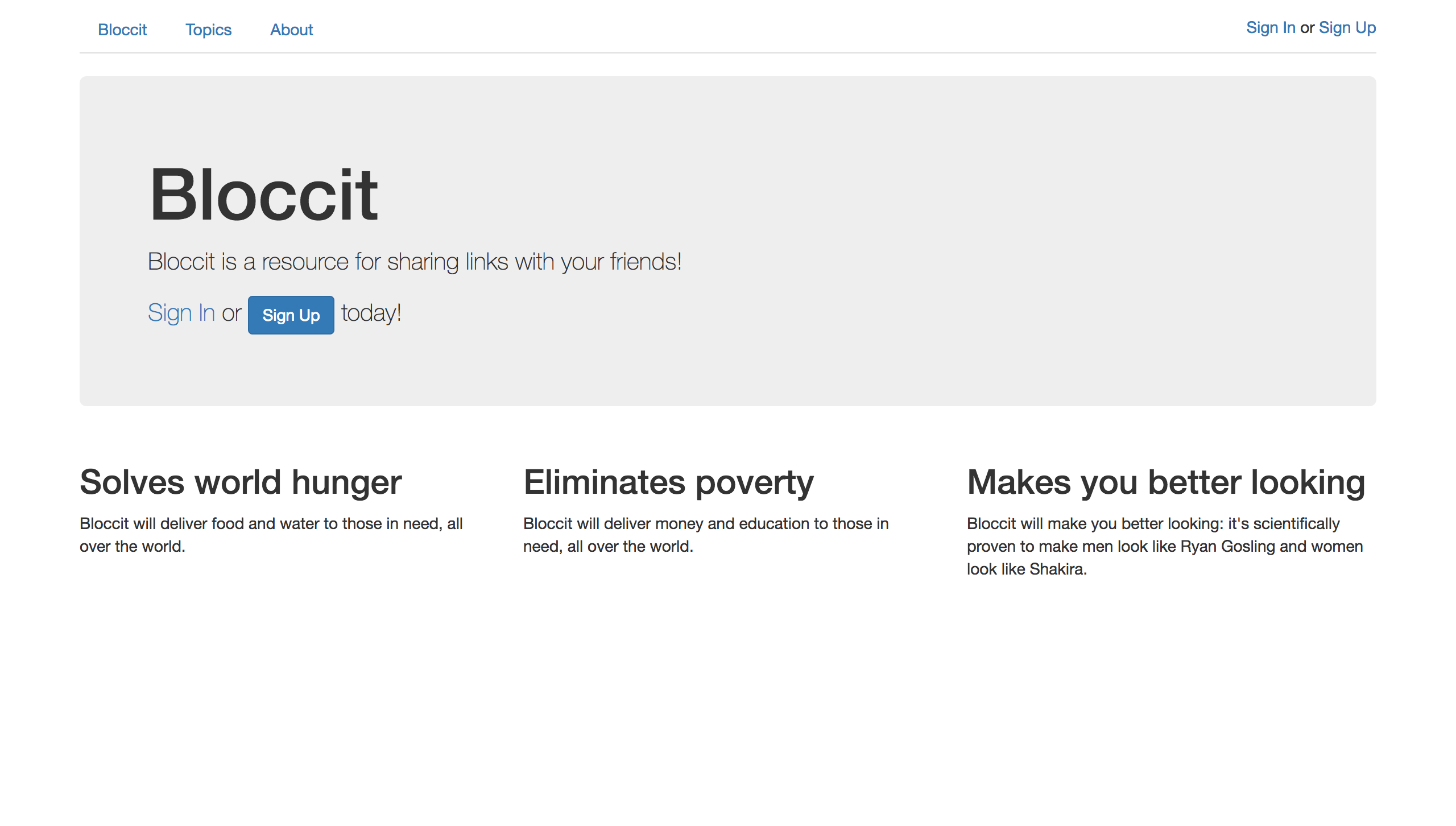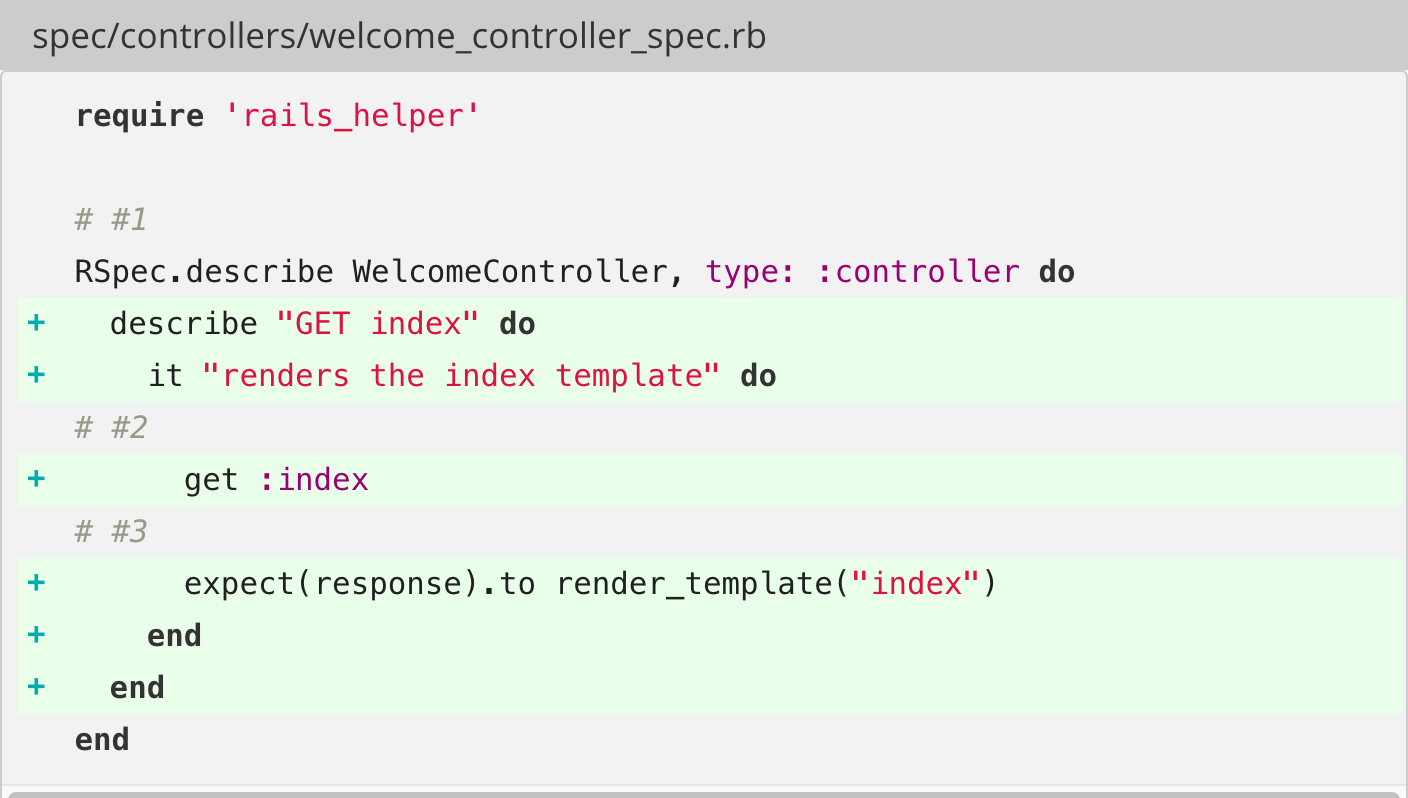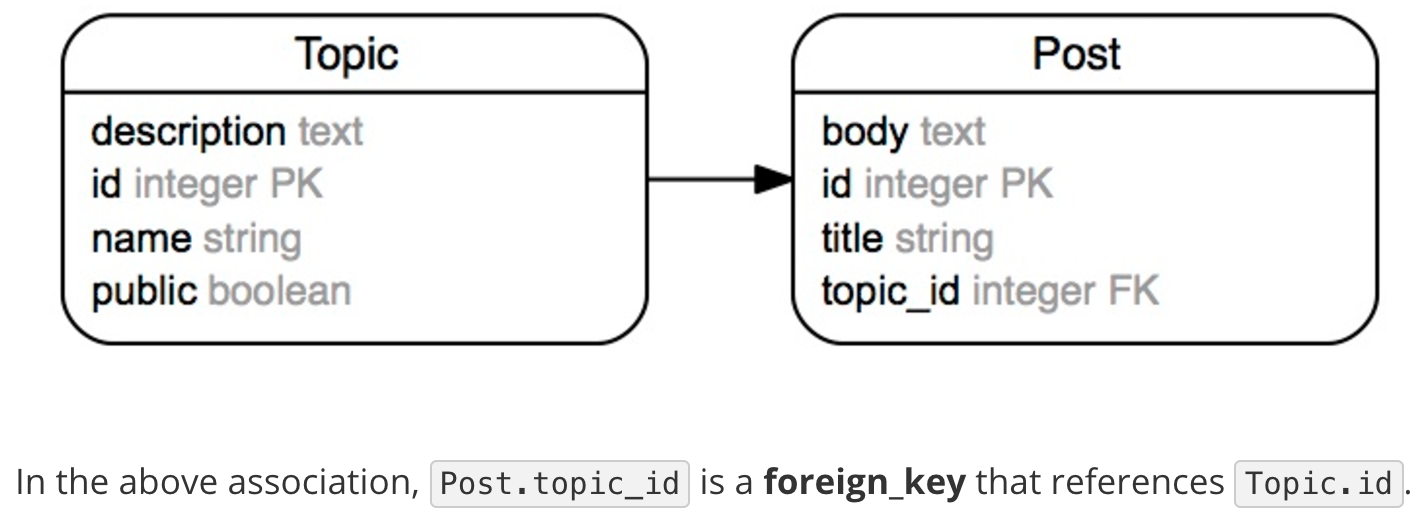
Explanation
Ever since the internet was created, people have had the desire to be able to share information more easily. Bloccit is a Ruby on Rails application made to allow members to discuss various topics and have posts and comments. My role was to build the application using Ruby on Rails according to TDD principles.
that allows members to create new topics, to write posts or comments, and upvote or downvote posts. Users are able to follow their favorite posts and receive emails when someone comments on a particular post.
Problem
The application needed to be created from scratch, and I needed to build out the models, views, and controllers (MVC architecture) for each aspect of the application. Since this app was meant to share information, there needed to be functionality for users to create new posts as well as editing and deleting them. Also to encourage interaction, comments needed to be added as well as the ability to upvote or downvote a post. To encourage users to come back to the app, favorites needed to be created, so a user could follow particular posts and be notified if there was any activity on a particular post such as a new comment.
Below is a list of user stories requested for the app:
- Users can sign up for an account and view their activity (posts, comments and favorites).
- Users can view, edit and create posts or comment on posts under various topics.
- Users can upvote or downvote a post.
- Users can comment on posts.
- Users can mark posts as favorites to get notified of new comments.
- Admins can alter or delete any topics, posts, or comments.
Solution
At the start of the project, I needed to create the development database and create a basic UI as a foundation to build on. I created a new database using rake db:create. Below is my initial gemfile.

I also deployed the app to Heroku. In order to set up the initial UI, I ran $ rails generate controller welcome index about. This set up the initial Welcome controller and views. I created the Welcome routes which looked like this:

This code set the welcome index view as the default view using root. An example of a simple test for this is below:

In terms of styling, this was greatly facilitated by using the Bootstrap CSS framework by adding gem 'bootstrap-sass' to the Gemfile.
The first two models created for Bloccit were the Post model which took title and body attributes and the Comment model which took a body attrbute and a reference to Post. The relation between the post class and the comment was created using the has_many method which allows a post instance to have many comments related to it, and also provides methods that allow comments that belong to a post to be retrieved.

The next steps involved building out resources for posts using CRUD (Create Read Update Delete). After completing these steps I found that the posts needed to be organized in some way so a topics resource needed to be created. Because posts belong to topics, a topic_id foreign key attribute was added to the posts table:

The post and topic models were updated accordingly to reflect this new association.

Results
In order to test the application’s functionality during development, the local rails server was frequently used. Data was seeded into the application to see if topics, posts, and comments were being displayed properly.
Conclusion
By building this Rails application from the ground up, including many aspects that could easily be performed by adding gems such as validation and user authentication, I learned many of the aspects of a basic Rails app. Building it using TDD principles was helpful because it helped narrow down what needed to be accomplished in small, discernible steps. I hope to be able to add to what I learned by incorporating the aforementioned gems.